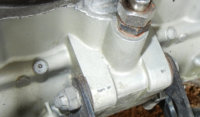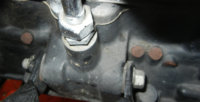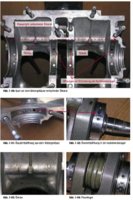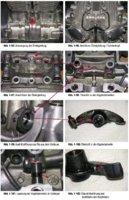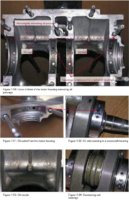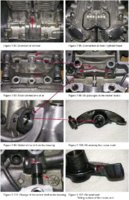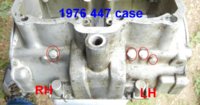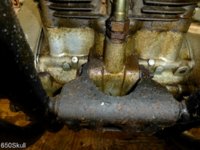While looking at a bare crankcase I noticed this.
Here (LH)
View attachment 46350
But not here (RH)
View attachment 46351
An old thread.
http://www.xs650.com/forum/showthread.php?t=1766
conventional wisdom says the primary drive side will run hotter, so why "extra oil on the "non primary" side?
will do a little more snooping on this all comments research welcome.
Here (LH)
View attachment 46350
But not here (RH)
View attachment 46351
An old thread.
http://www.xs650.com/forum/showthread.php?t=1766
conventional wisdom says the primary drive side will run hotter, so why "extra oil on the "non primary" side?
will do a little more snooping on this all comments research welcome.


